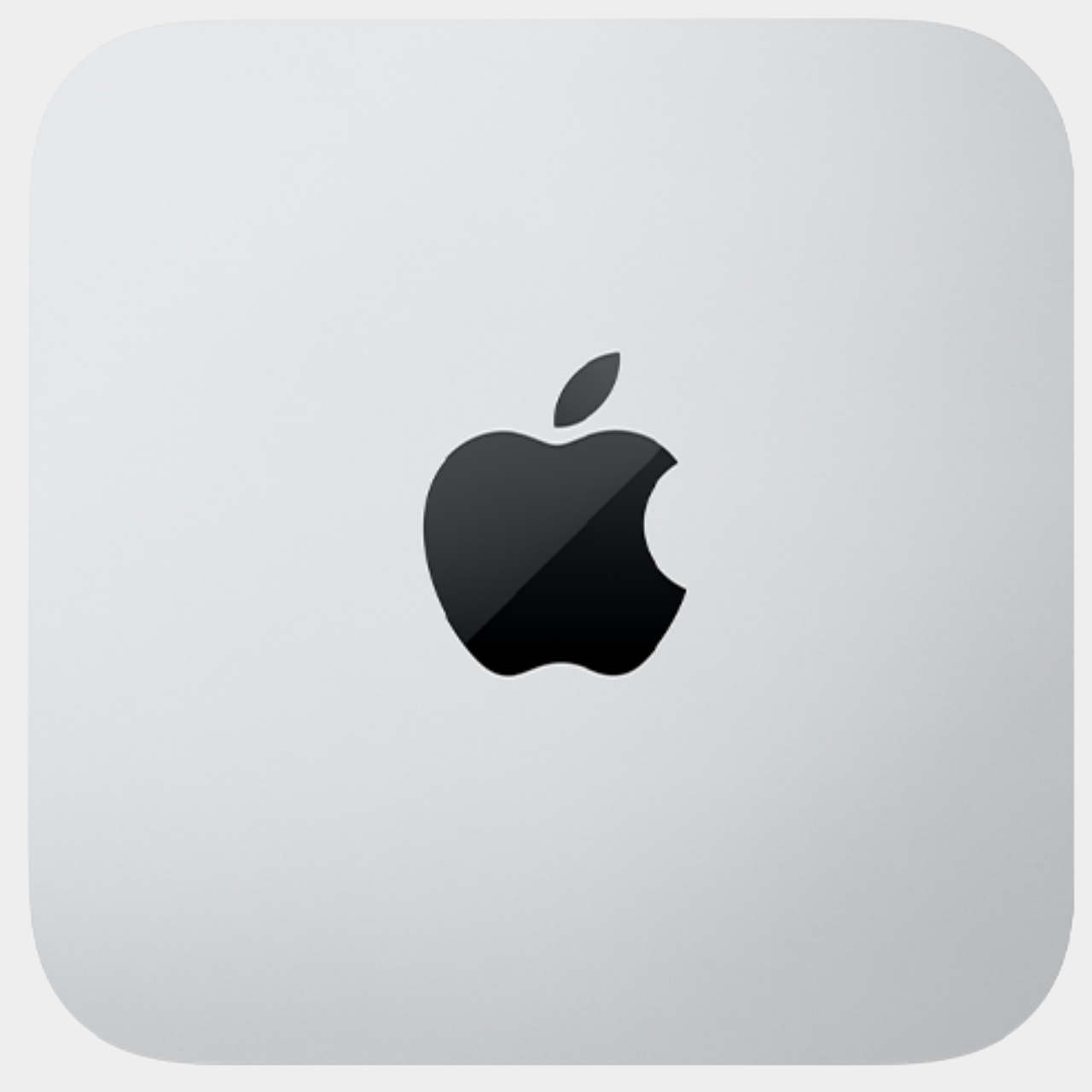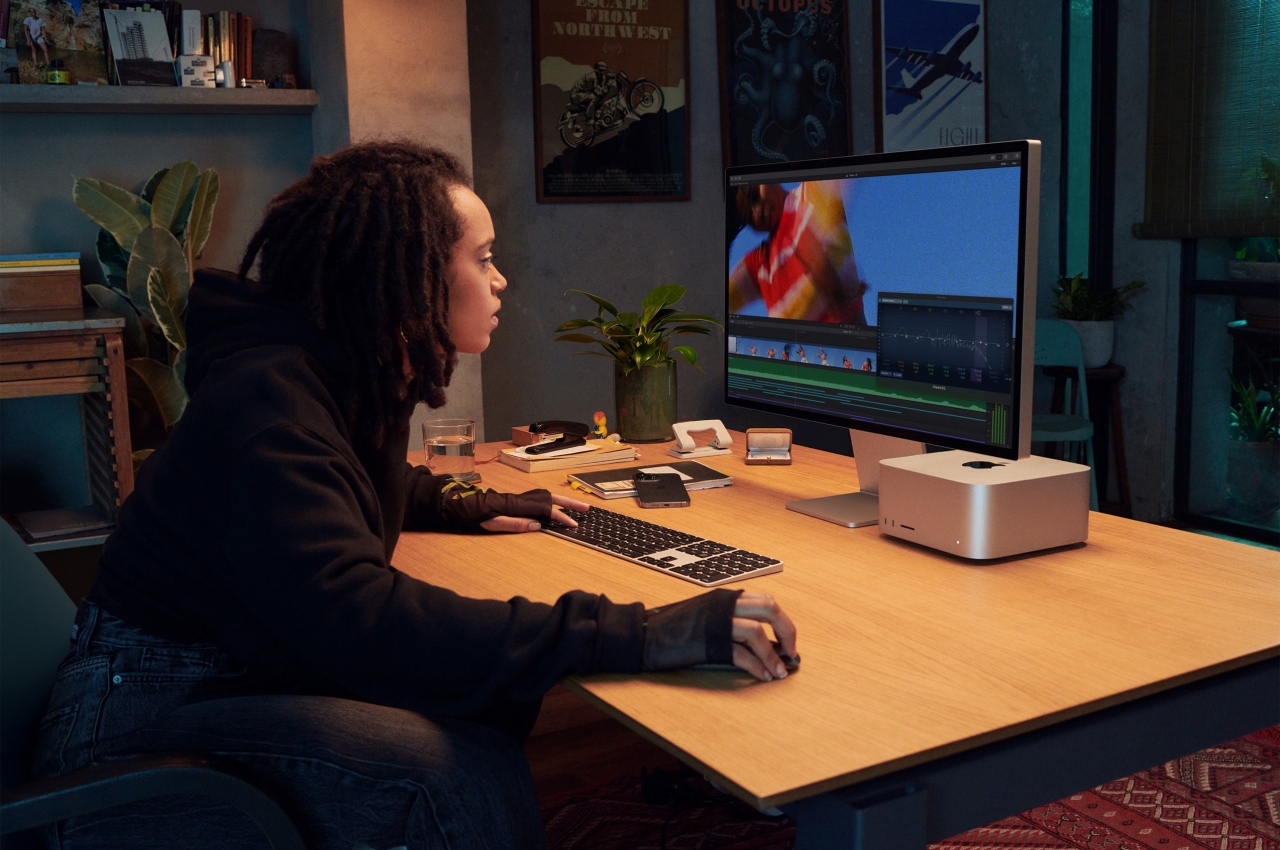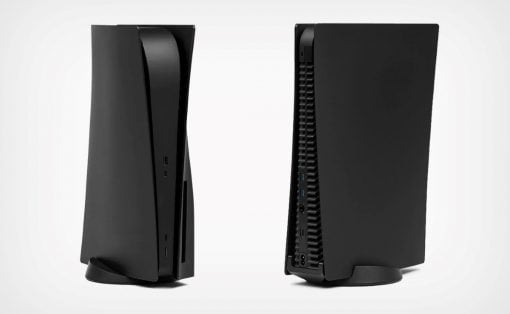Apple has announced an unexpected new member of its Mac family, and while the initial response has been mostly positive, it still raises one critical question: is it worth the upgrade or not?
Apple was expected to announce a refresh to its Mac lineup, but few probably expected it would be making such a big change. The Mac Studio isn’t just its most powerful Mac, threatening even the latest Mac Pro; it also shakes the lineup in a very fundamental way. In effect, Apple seems to be favoring a discrete computer that still needs its own display, slowly moving away from the all-in-one iMac. More importantly, the Mac Studio adds another option for buyers to consider, making it harder to make a decision on whether to opt for this rather pricey desktop computer or stick with your iMac or Mac Pro. We take a closer look at some of the Mac Studio’s most important factors to hopefully help you reach that decision, in case you need to make one really soon.
Designer: Apple
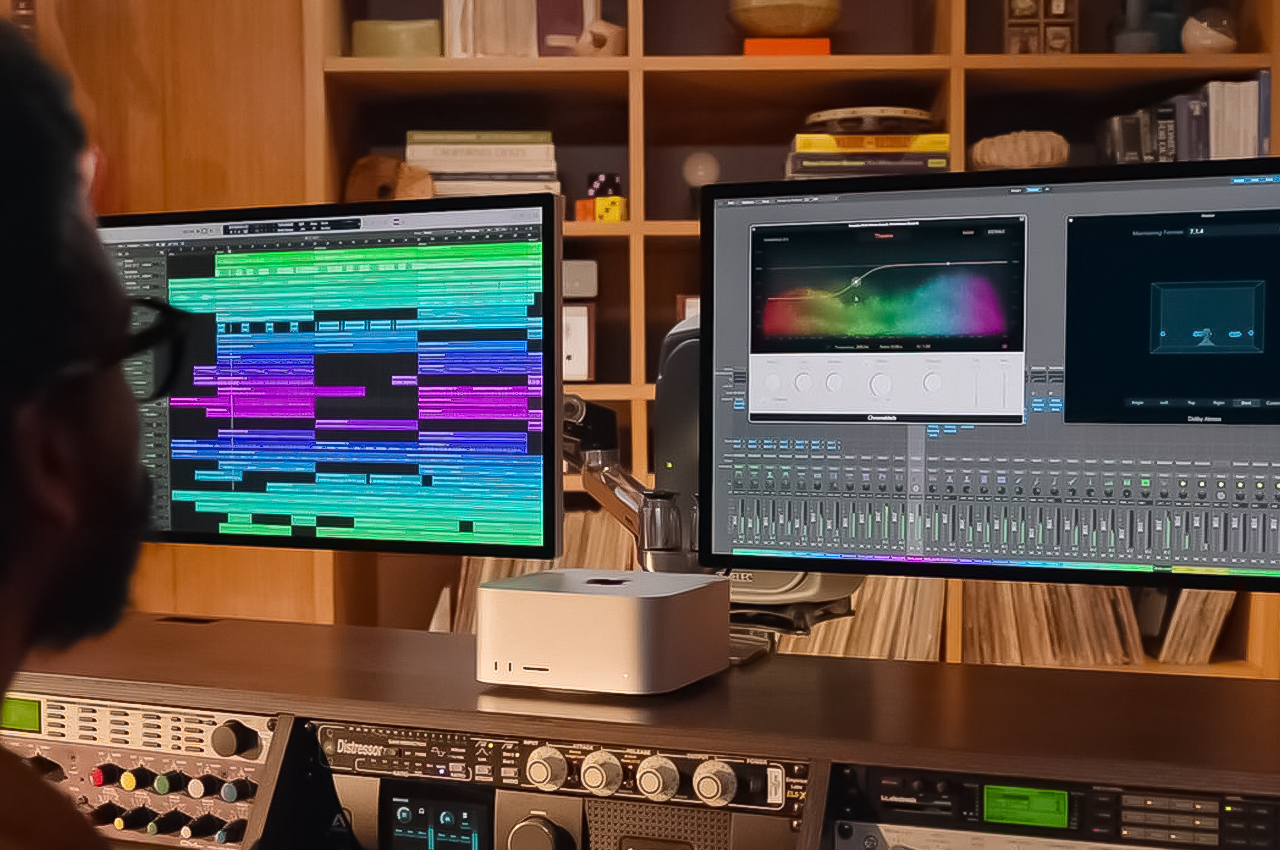
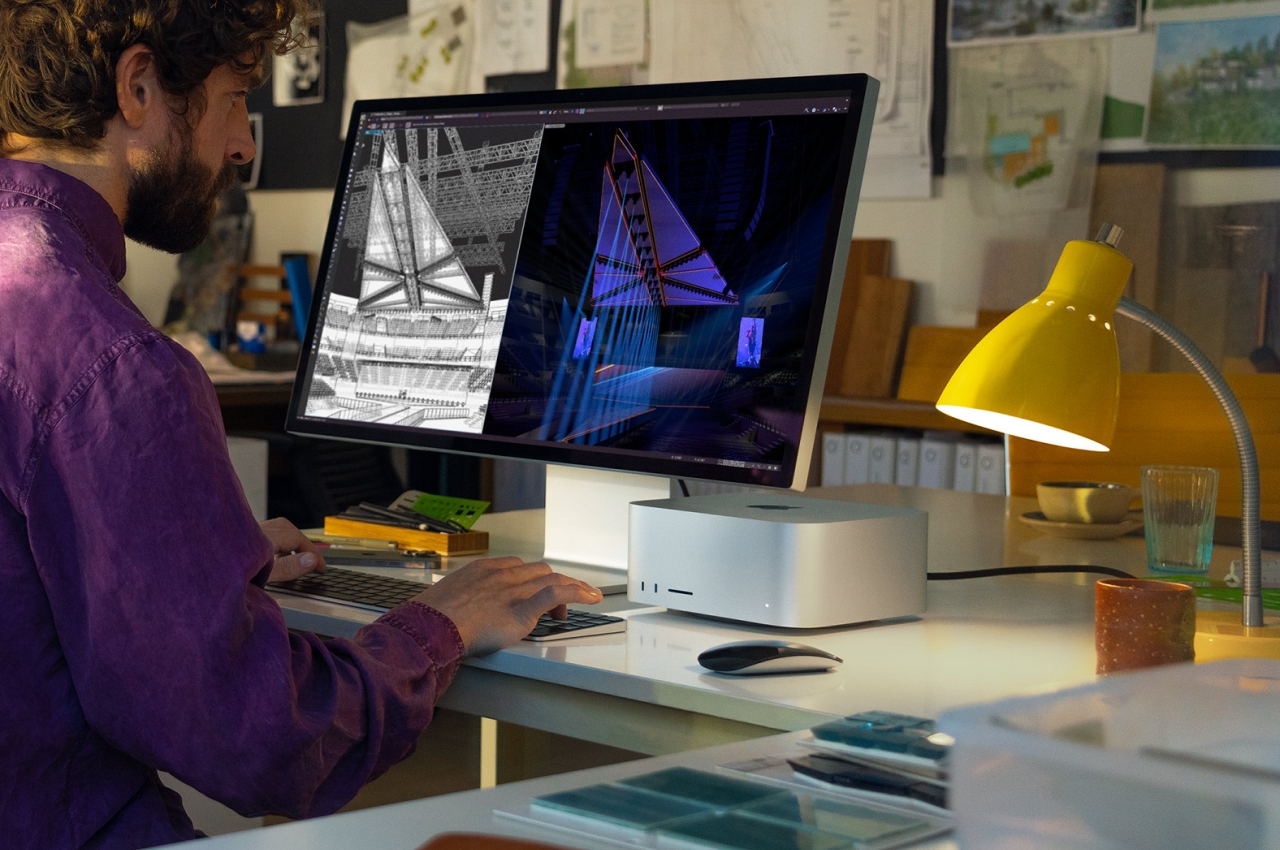
The Competition
In one fell swoop, Apple almost put three of its existing product lines on notice, though one actually dodged the bullet. Although parallels will be drawn due to their relatively more diminutive sizes, the Mac Mini, even the one powered by an Apple M1 chip, serves a completely different purpose and audience. Though definitely powerful enough for basic image and video editing, the Mac Mini is geared towards more casual computing uses and entertainment applications, sometimes even serving as a home media center.
The gigantic Mac Pro is, of course, the easiest target. It’s almost like a David and Goliath scenario where you expect the smaller underdog to emerge victorious. After all, Apple is trying to wean itself off its dependence on Intel CPUs, so proving that bigger isn’t always better might be its ulterior motive. In most cases, the Mac Studio could definitely stand taller than the larger Mac Pro, unless you really need an Intel-based processor for compatibility and discrete graphics cards, in which case the Mac Pro still has no competition on Apple’s desktop lineup.
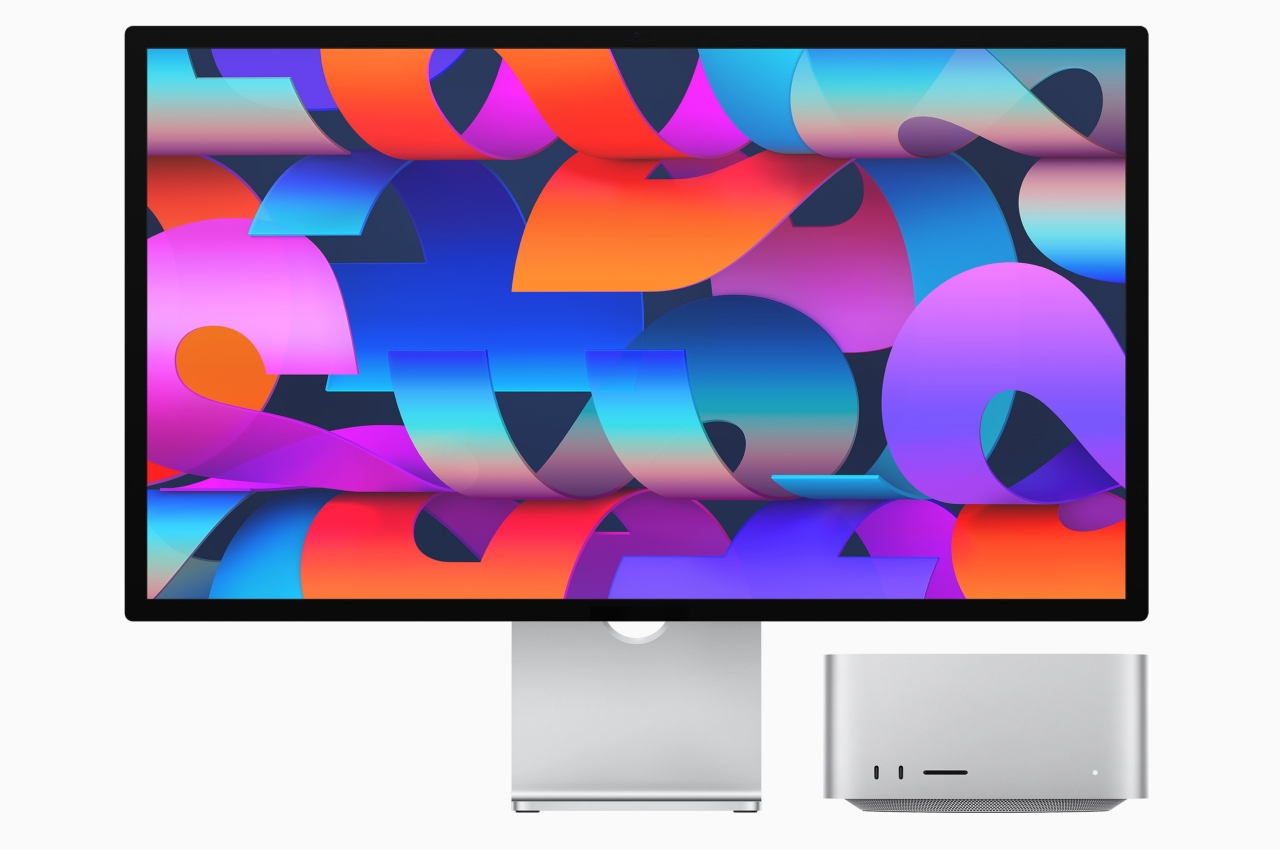
Instead, the Mac Studio might actually be gunning for the iMac, especially considering that the 27-inch iMac disappeared on the same day that the Mac Studio and Studio Display debuted. The 24-inch M1 iMac is still around, of course, but that might not last long as the overlap between its “Mini Macs” and its all-in-one iMacs narrow even further. All-in-one PCs seem to also be on the decline in general, so it might only be a matter of time before the venerable iMac brand either gets retired or hopefully reused somewhere else.
Performance
Along with the Mac Studio and Studio Display, the new M1 Ultra chip is undoubtedly the star of Apple’s March event. It makes bold claims about performance that threatens whatever is left of Intel’s hold in the Mac world. Its real-world performance does still need to be tested, but if Apple’s track record is any indication, interested buyers need not worry.
To say that the Mac Studio and the M1 Ultra go perfectly together would be an understatement. Admittedly, it has a higher starting price than the M1 Max configuration, but you will be getting the top specs from the get-go. For example, the two ports in front will be Thunderbolt 4 instead of USB-C, offering compatibility with even more devices and opening up more uses beyond just data transfer.
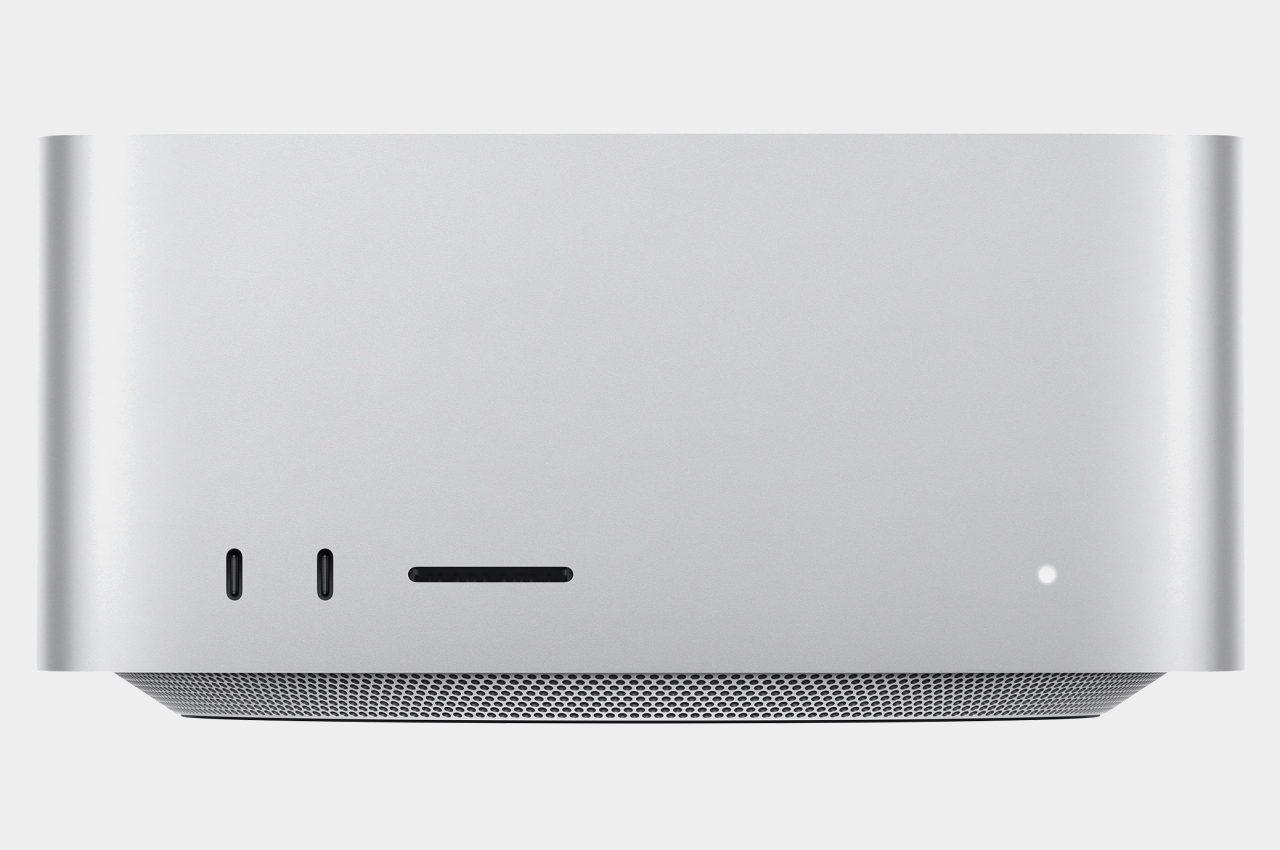
Except for the Mac Pro, none of Apple’s other computers can compete with the plethora of ports available on the Mac Studio. If the name weren’t already suggestive enough, this Apple mini desktop computer is a digital creative’s dream when it comes to connecting with other devices and equipment. Photographers and cinematographers might even be tickled pink by how the SD card slot sits right in the front for easy access, a clear indication that it was a priority rather than an afterthought.
If the Mac Studio could stand toe-to-toe with the Mac Pro in most ways, the one area where some buyers might worry about will be in the graphics arena. Some still need and swear by discrete graphics that are available only on the Intel-powered Mac Pro. Apple is definitely closing in on whatever advantages those might still have, and the Apple M1 Silicon’s graphics performance has been nothing but extraordinary since day one anyway. Even more so if Apple’s promises about the M1 Ultra’s prowess closely match reality.
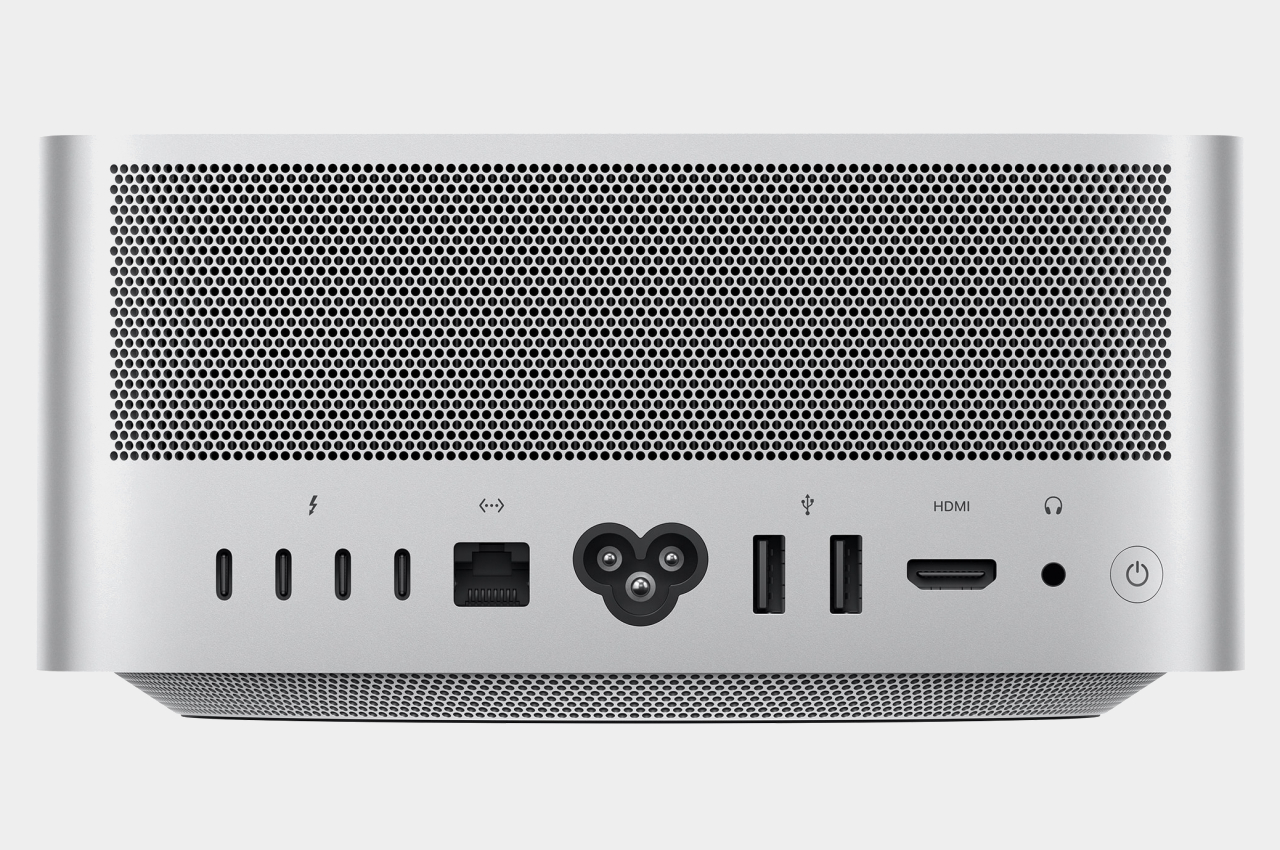
These will be important metrics for what has been Apple’s most faithful audience from the very beginning: designers, artists, and creatives. Raw CPU power is no longer enough, and image and video processing, not to mention 3D rendering, need heavy-duty graphics silicon, too. With all that power, however, also comes the need for more advanced cooling systems, and Apple promises that the Mac Studio also delivers more with less, as we’ll get to later.
Design
Despite the novel name, the Mac Studio isn’t exactly ground-breaking in its aesthetic. It looks like a very tall Mac Mini with some of the Mac Pro’s grilles on the back and the base. The new mini computer’s design innovation, however, comes from the things you don’t see, especially when you don’t see the Mac Studio itself.
Freedom
Unlike the Mac Mini, the Mac Studio is too big to hide in small spaces, but it still has more flexibility in where you keep it compared to the bigger Mac Pro. You can hide the Mac Studio away from its monitor if you want to, though that means losing easy access to those ports. You at least have the freedom to place it where you want or even move it around places, something that’s not easily done with a traditional tower.

You also have the freedom to choose the monitor you prefer, though Apple will definitely prefer that you opt for the 27-inch Studio Display. These are almost made for each other, if their launch didn’t already make that obvious, with their designs and features complementing each other perfectly. You can, of course, choose differently and upgrade either separately. The same can’t be said for an all-in-one iMac solution where you really get what you pay for and nothing more.
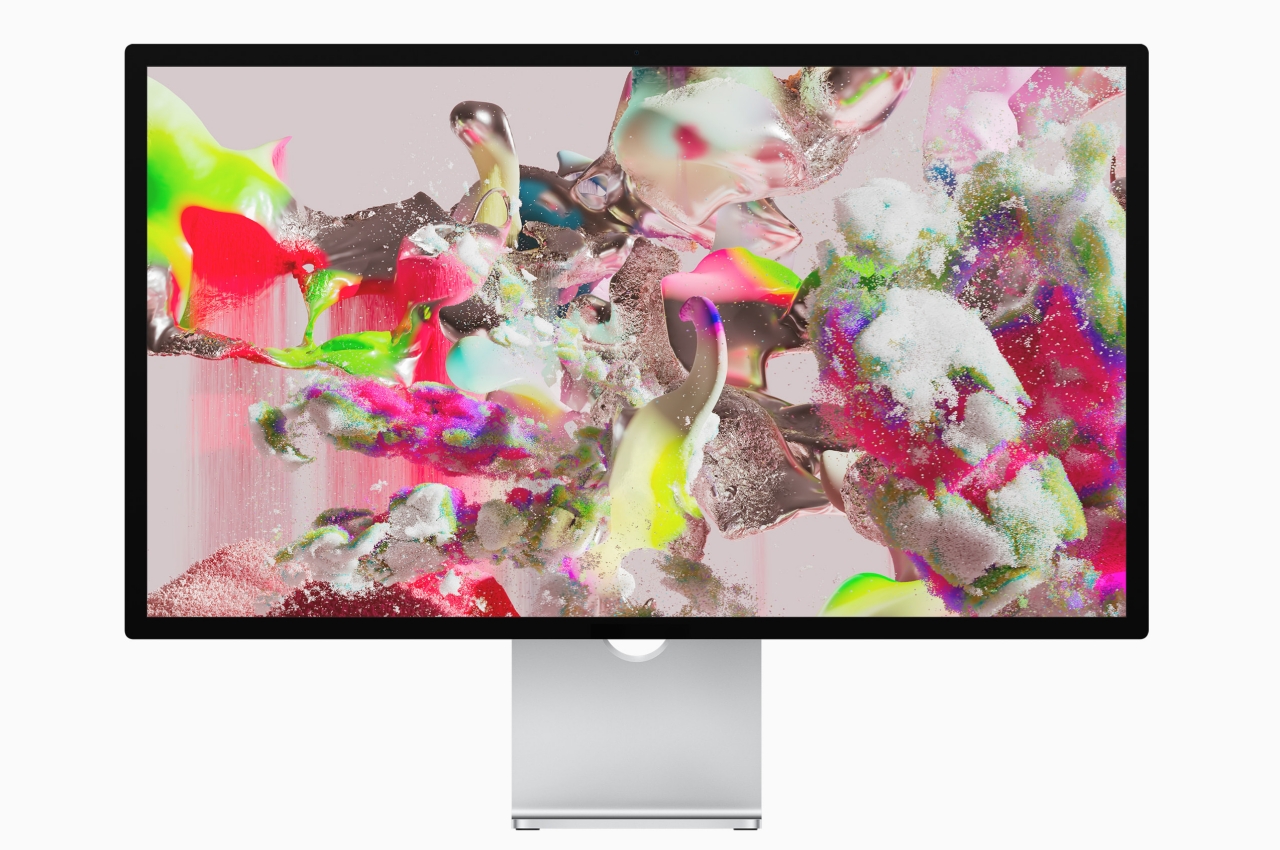
The Mac Studio combines the power of the Mac Pro with the versatility of the Mac Mini without completely erasing the other two’s existence. It does almost make the iMac redundant and seemingly replaces the 27-inch iMac on Apple’s store. It gives people more freedom not only to choose which displays to go with it but also in how to design their workspaces without worrying about how it will take up space.
Sustainability
Apple also gives the new Mac Studio a stronger sustainability narrative than its older peers, one that could help appeal to more environment-conscious buyers. For some parts like magnets and soldering on the mainboard, it uses “100% recycled rare earth elements.” It also used recycled aluminum and plastic in other components. The chassis is built from a single aluminum extrusion that not only adds durability but also reduces the number of materials to keep the parts together.
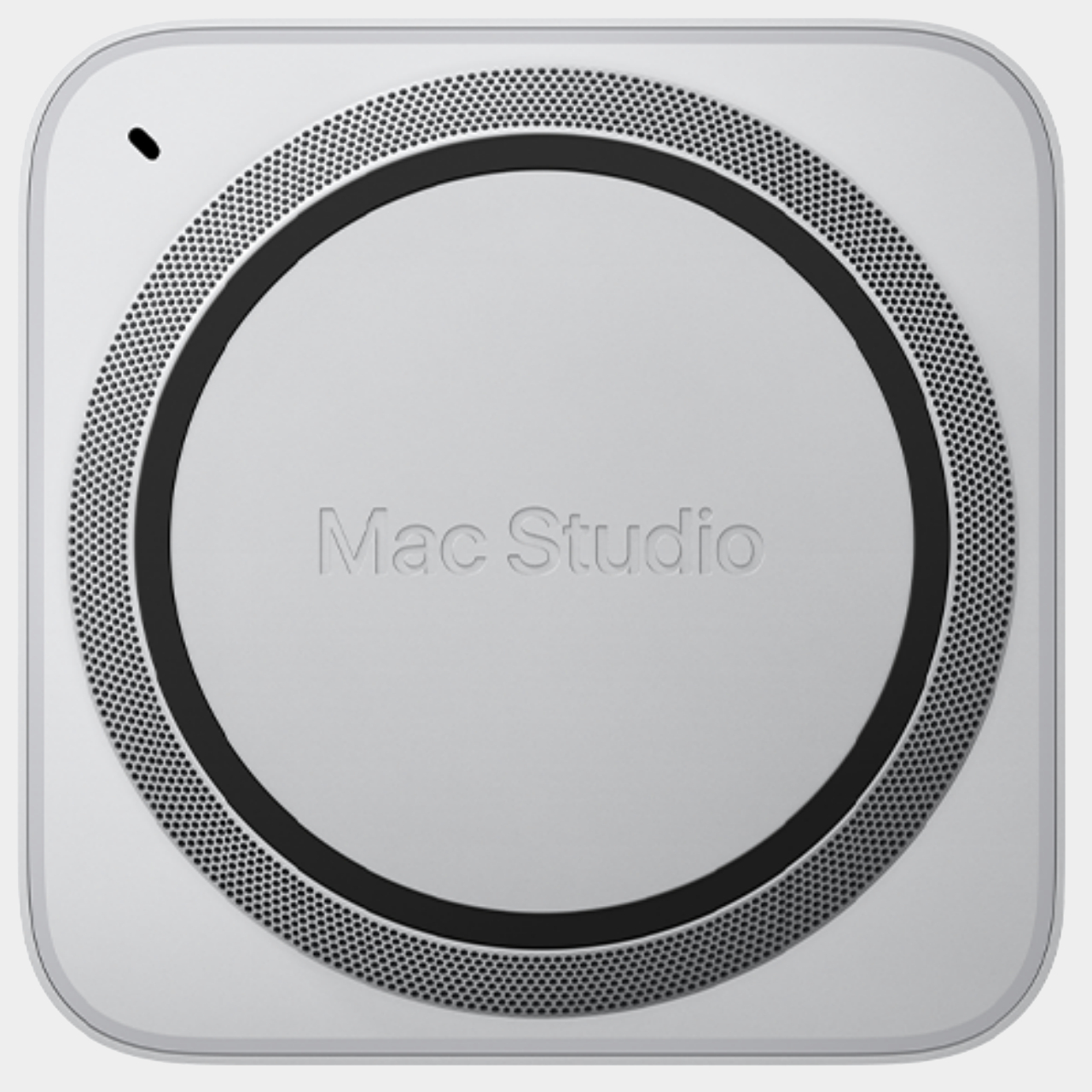
The Mac Studio also boasts of a thermal management system that keeps the fans from running unless absolutely necessary. Not only does this reduce the noise coming from the Mac, but it also keeps its overall power consumption down. In fact, Apple says that the Mac Studio uses up to 1,000 kWh less energy than an equivalent high-end desktop PC, which is no small claim as far as energy efficiency goes.
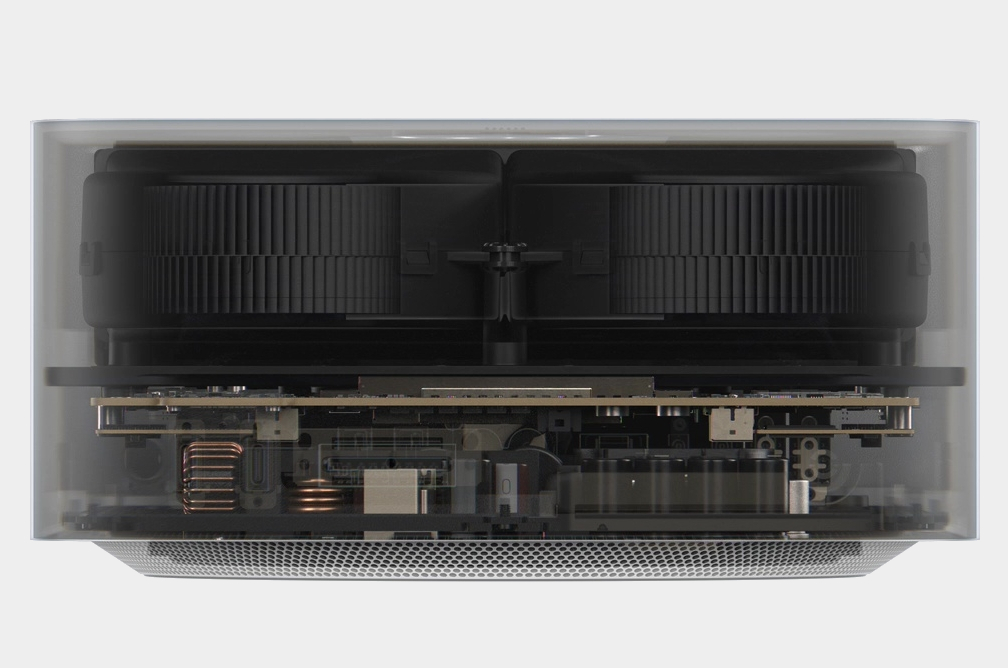
Consumer electronics use a lot of non-sustainable materials, and high-end computers consume a lot more power than typical appliances, especially when running for hours with heavy workloads. Reducing their negative impact on the environment one Mac Studio at a time is a small but important step in changing the landscape for the better, something that Apple is strongly committed to doing in the next eight years.
Price
The Mac Studio definitely has a lot going for it, whether you aim for the M1 Max or the top-of-the-line M1 Ultra. As with most Apple products, however, many consumers will balk at Apple’s asking price. While it might sound pricey, it’s actually well within what you’d expect from a premium Apple product. In fact, it might actually be a sweeter deal, depending on how you look at it.
Considering the Mac Pro starts at $5,999, the fact that the Mac Studio starts at $1,999 is almost shocking. That’s for the lowest M1 Max configuration, though, and the M1 Ultra variant actually starts at $3,999. That’s still significantly lower for something that matches the power but surpasses the size of a Mac Pro.
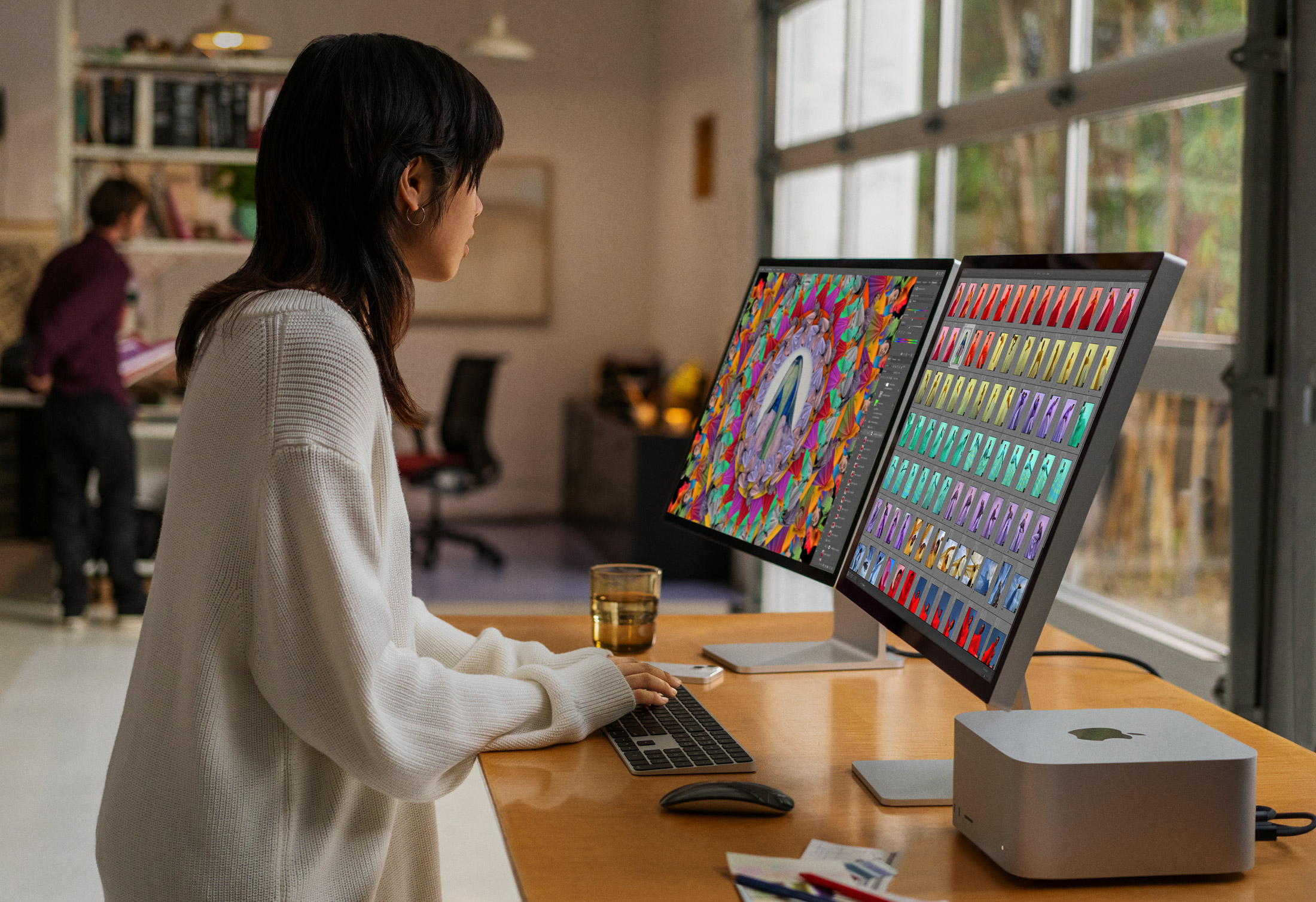
The now-defunct 27-inch iMac started at $1,799, but it’s an apples-to-oranges comparison at this point, no pun intended. Admittedly, the Mac Studio doesn’t come with its own screen, and the Studio Display that Apple probably wants you to buy with it costs $1,599. If you already have a favorite and trusted monitor, though, that’s already one less worry off your back, but suffice it to say, the TCO of a Mac Studio is no laughing matter.
Verdict
So we finally come to the most important of this long piece, to find out whether the Mac Studio is truly worth it, especially for product designers and digital creatives that need a trustworthy partner in their quest for the ultimate render. Presuming you’re aiming for the better M1 Ultra model, here are some considerations to help you reach that answer.
If you’re actually just buying your first Mac in a few years, the answer is already a resounding yes. Short of budget constraints, there’s almost little reason to get a Mac Pro (more on it later) or even an M1 iMac if you’re really investing in a powerhouse. Sure, the iMac does let you keep your desk clean, but it makes sacrifices in power and flexibility, especially when it comes to ports.
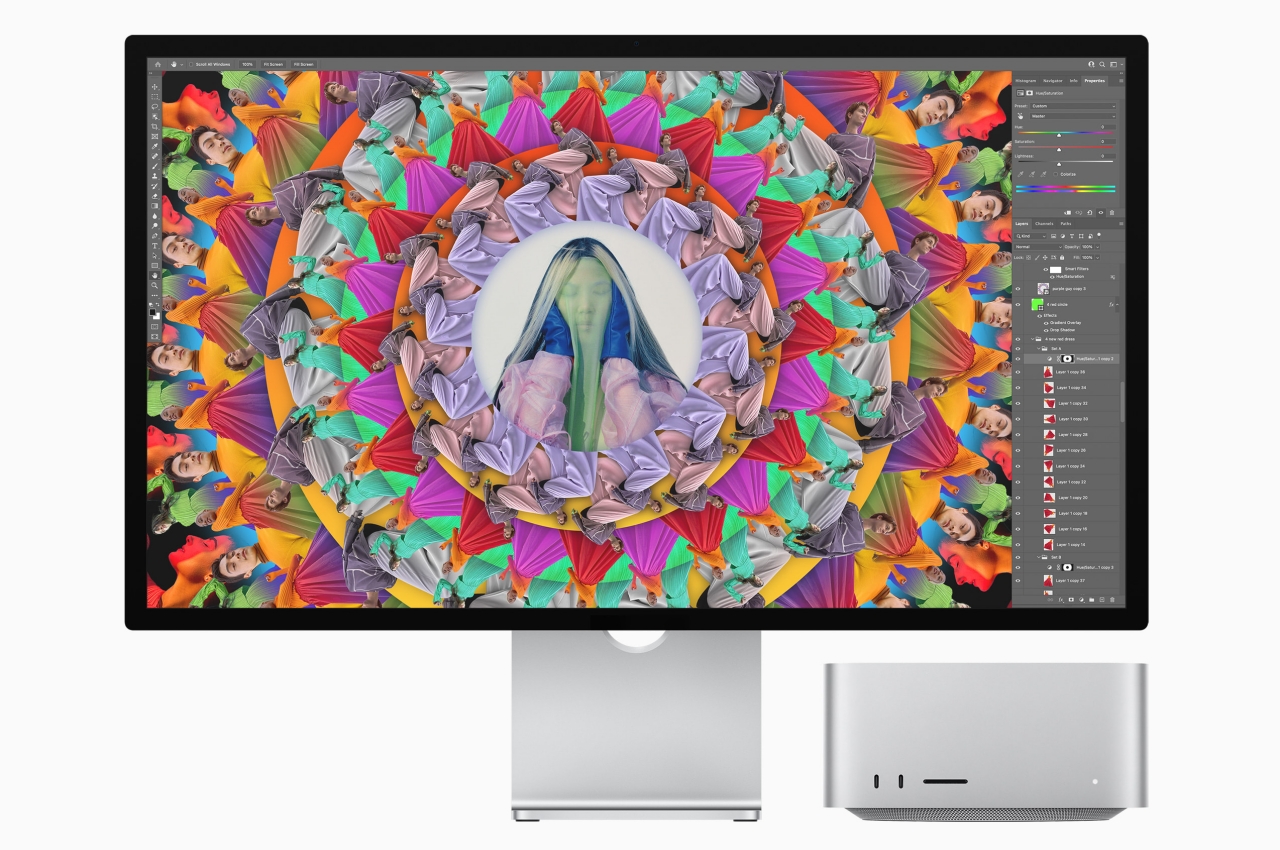
If you’re upgrading from an M1 Mac Mini, the answer is also a yes. By now, you have probably been used to whatever limitations there might be in software compatibility, which isn’t that many by now. The most important tools of the trade are already compatible with Apple Silicon, so there’s not much reason to hold back at this point.
Perhaps the only reason to avoid the Mac Studio, other than the price, is if you really need a dedicated GPU like on the Mac Pro. At that point, however, you’ll need to save up even more, which sort of makes the price concern moot. The M1 iMac still does have a place if you’re willing to make compromises on performance for the sake of a neater work area. And there will always be room for a Mac Mini, even a whole rack of them, for certain applications that would be overkill, even for a $1,999 M1 Max Mac Studio.
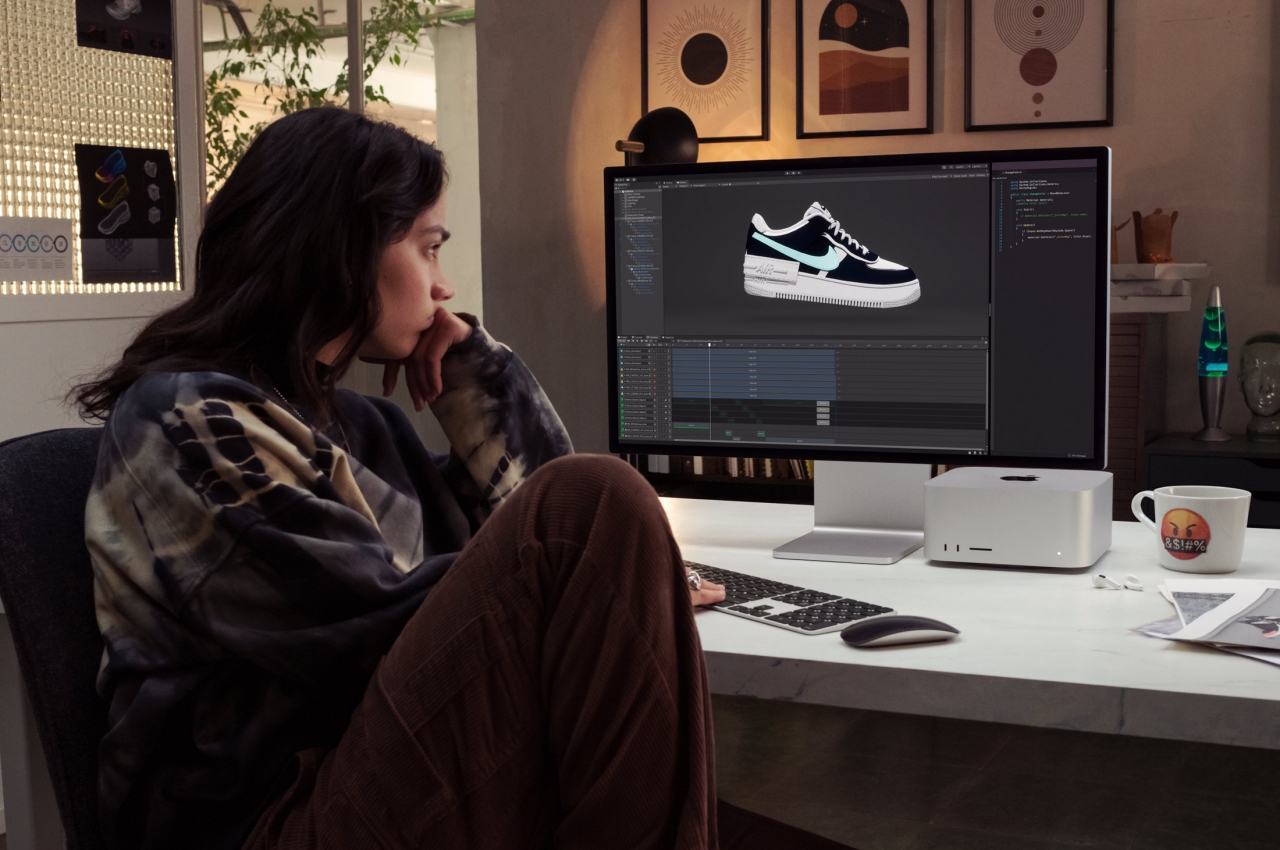
These all presume that the M1 Ultra is all that it’s cut out to be, which we’ll really know after a few months only. Needless to say, the Apple Mac Studio is kicking up a storm on the Internet and is positioning itself to be Apple’s best desktop to date.
